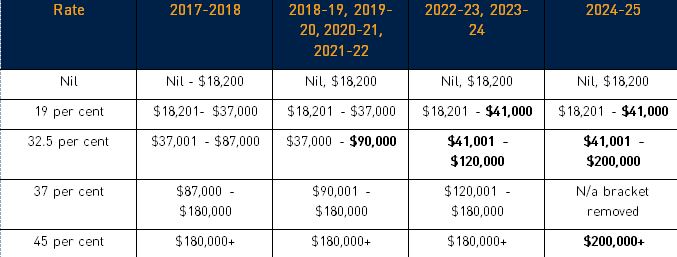The “omnishambles” in Canberra – what are the implications for your financial future?
If you haven’t heard that word before, it was being bandied about this morning by the media to describe the diabolical political situation in Canberra. According to Google it means “a situation that has been comprehensively mismanaged, characterised by a string of blunders and miscalculations.”
As with many Australians around the country today, you will no doubt have been eagerly anticipating the outcomes of the current political crisis in Canberra. Malcom Turnbull confirmed yesterday that he would call for a meeting of the party room after 12.00pm (AEST) Friday 24 August 2018 if Peter Dutton was able to deliver a petition with at least 43 signatories on it. Malcolm Turnbull confirmed that he would not contest the leadership and as a result would quit parliament.
Well, after a protracted, concerted and disruptive effort by the conservative right-wing of the Liberal party, we now have a new prime minister-designate, and perhaps surprisingly, it is not Peter Dutton. In what you might call severe mismanagement and miscalculation from the “Dutton camp”, in a three way race (which saw off former foreign minister and deputy PM, Julie Bishop), Scott Morrison now leads the Liberal party, with Josh Frydenberg winning the position of deputy.
What are the implications of this for you and your family and for your business?
Much is still unknown, but from a helicopter perspective, the question now will be whether the new PM, Scott Morrison, can rally the party and form a cabinet that can restore the party, create stability and continuity and improve the confidence of voters between now and the next Federal election, earmarked for May 2019. If he can, the Coalition’s policies are known and are in place and we would imagine, apart from any kind of cash-splash to woo voters prior to the election, it will be largely business as usual (not forgetting the challenges the Government has regarding energy security and affordability under the energy guarantee and the backdown on the corporate tax breaks). But if they can’t shake the negative outcomes of the abovementioned “omnishambles” and Labor wins the Federal election, what are the implications for wealth creation, superannuation, social security, personal and business taxation and retirement?
Since the recent changes to superannuation which have introduced a $1.6m transfer balance cap to limit what can be used to fund tax-free retirement phase pensions, and to limit further concessional and non-concessional contributions to super and the myriad other measures we are all aware of, Labor has not released any final policies which would seek further changes to superannuation. But in terms of wealth creation, generation of retirement income and personal taxation, Labor has been quite plain on three measures they intend to implement if they win government, namely changes to restrict negative gearing to new housing, reducing the capital gains tax discount and putting restrictions on franking credits (which Labor did temper following significant blowback from the community). For other policy issues such as penalty rates, child care funding and social security reforms, school funding, health spending, tertiary education and the outcomes of the banking royal commission, a mandate for substantive change will come down to numbers and in some sense the timing of the election.
Is it probable that an election will be called earlier? No, not least because the Coalition does not have the candidates on the ground and the question concerning Malcolm Turnbull’s prospective resignation from parliament, potentially forcing a bi-election in Turnbull’s seat of Wentworth. The Speaker of the House makes the call on a bi-election and may decide to defer until the general election. However, Malcolm Turnbull has not made an announcement on his position and he may stay to support Scott Morrison in his challenge to retain government. Regardless, Scott Morrison and Josh Frydenberg have a challenging task ahead of them to unite the party.
We will keep you informed of any changes as they are announced and will work closely with you to ensure that whatever happens and whoever is in government following the next election that your financial strategy is best able to adapt to any legislative and regulatory uncertainty. Please do not hesitate to contact us with any questions.


